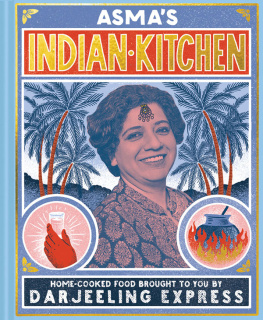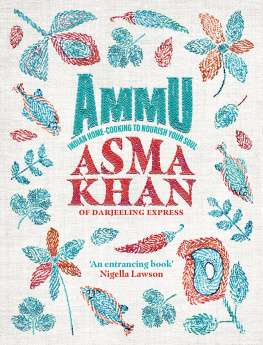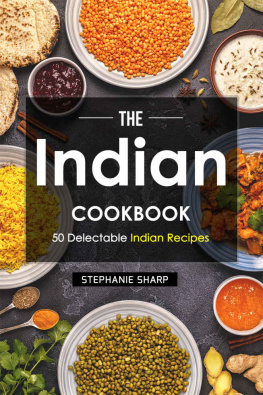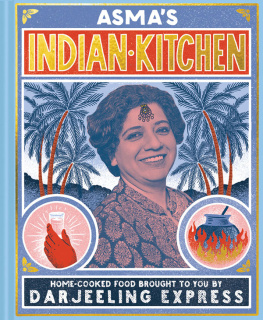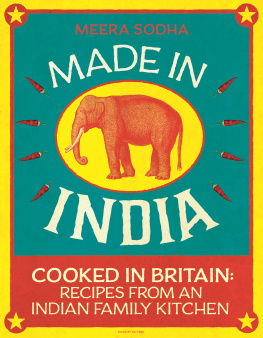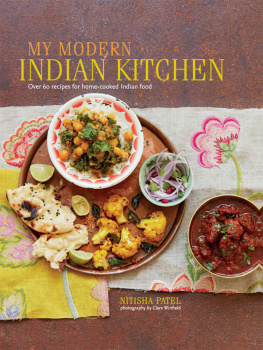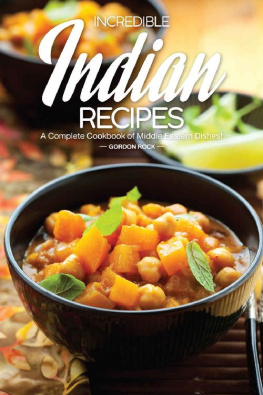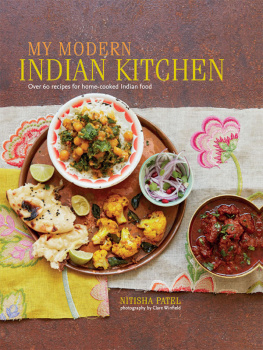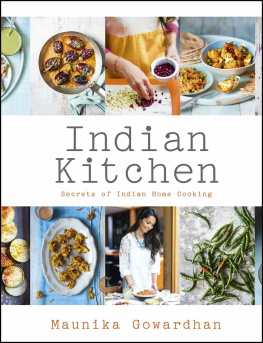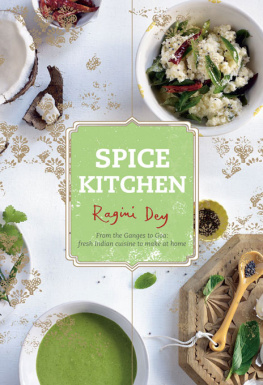Contents
Guide





My Indian Kitchen
An immigrants food story
When I arrived in the UK from Calcutta to join my husband, I could not cook anything. I would buy discounted Indian cookbooks from bookshops in Cambridge to gaze at the photographs, which would remind me of the familiar flavours of home. During my first winter in England, the River Cam froze over. I remember the cold, damp wind slicing into me as I practised how to cycle on Parkers Piece. I felt sure everyone had got the description of hell wrong: it was not fire that awaited you, it was frozen rivers, icy winds, and a kitchen that was infused with none of the aromas of home.
During one of my practice cycle sessions, I ventured a bit further than usual and wheeled past a house where inside someone was making parathas. I jumped off my bicycle. From outside where I stood, I could smell the bread frying in ghee. I wanted so desperately to ring the doorbell and ask if the person making the paratha might share it with me. But I did not walk up to that door. Instead, I stood rooted to the pavement and cried.
In that moment, I realized the only way I could make this unfamiliar place feel like home was to cook the food of my home. This is how my food journey began. I set about cooking so that my one-room apartment in Cambridge might start to feel more of a home. The house I was living in was a college residence, but rather than digs for students, it was home to fellows teaching at the university. I was neither a fellow nor a student and did not know anyone in the college. I needed to make friends in the city and I thought that if I cooked, I could invite guests to the flat, share a meal and maybe find a way to connect with them through food.
Over the years, I have discovered that food is a wonderful unifying force, providing a way for immigrants to make connections in a new country. Breaking bread with others leads to conversations about home, no matter how far away that place might be or how little knowledge of a country or culture people may have. I am always willing to share a plate of parathas with those who knock at my door.
My family food heritage
I am fortunate to have inherited the culinary heritage of both my paternal and maternal royal traditions. On my paternal side, I am a descendant from the ancient Rajput Suryavanshi warrior Bargujar clan. During the reign of the third Mughal ruler, my ancestor Lal Singh was given the title of Lal Khan by the Mughal Emperor Akbar for his bravery. Our family are called Lalkhani Rajputs after Lal Khan. My paternal family converted to Islam in the reign of Emperor Akbars son and settled in Bulandshahr. They adopted the food tradition of the Mughal courts, while their geographical proximity to Lucknow meant that rare and exotic spices from Turkey and Persia were available more easily.
My maternal family was from North Bengal. My ancestor Khan Bahadur Musharraf Husain, the Nawab of Jalpaiguri, was a pioneering tea planter instrumental in establishing new tea plantations in Darjeeling with seeds he had acquired from China. By the time of his death, my maternal family owned 33 tea gardens in the Darjeeling area. In the 1940s, my maternal family moved from Jalpaiguri and Darjeeling to live in Calcutta. Their ceremonial feasting foods were distinctive Calcutta Mughlai dishes, including Mutton Dum Biryani, Mutton Rezala and Calcutta Chicken Chaap.
Two of the other food influences on my life are reflected in this book. The first is the Bihari Muslim food from the home of my maternal grandmother, who came from the principality of Bakhtiyarpur. The halwas and desserts of the palace were very unusual: kheer is a rice and milk pudding, which the cooks supposedly made using onions! (For my version of , is a wonderful recipe and comes from this branch of my family.
My family has also enjoyed a long and close relationship with the royal family of Hyderabad. During the 1940s, my paternal great-grandfather was the Prime Minister of the Nizam State and was involved in the negotiations between the British and Indian politicians that eventually led to the royal state of Hyderabad joining the Indian Republic. I lived in Hyderabad as a child. It is of this city that I have my earliest memories: attending spectacular feasts in beautiful old homes where many of the dishes served were too spicy for me to enjoy as a child. The food left a deep impression on me. Amongst my favourite recipes are unique Hyderabadi dishes, such as Haleem, Baghare Baigan, Tamatar Ka Cutt, Mirchi Ka Salaan and Khoobani Ka Meetha to mention a few.
While the Hyderabadi recipes are a distinctive mix of South Indian spices and North Indian cooking traditions, some dishes are surprisingly easy to make. This book includes the recipe for the Hyderabadi side dish, Tamatar Ka Cutt (hard-boiled eggs in a slow-cooked tomato sauce, see ), which can transform a simple meal into something extraordinary.

Many of the royal recipes and cooking traditions from both my fathers and mothers sides of the family have been passed on to me. It is these wonderful dishes, with their rich heritage and spice traditions, which I would like to share with you in this book. And it was these dishes that I started to cook after arriving in the UK from India; over the years I have learnt to recreate my traditional family recipes in my modest Cambridge and London kitchens. These dishes are impressive enough to become the centrepiece of a large gathering of family or friends, but are also simple enough to be recreated in any home kitchen.
Feasts
Food is at the heart of every Indian celebration. There is nothing more joyous than bringing loved ones together around a table and sharing a meal. Whether that is a weekday supper for two or a lavish celebration spread, there is no reason why each and every meal should not be a feast fit for royalty.
This book has been divided by occasions, from a feast for two to a large gathering of family and friends. The recipes in the Feasts for Two chapter are not just for when you are planning an intimate dinner with a loved one, they are also to cook when you want to spoil yourself after a gruelling day. I find cooking very cathartic. When not everything has gone to plan during the day, you can re-take control in the evening and cook a special, nurturing meal for yourself something that always makes me feel better.
The Family Feasts chapter contains many of my favourite crowd-pleasing recipes that will win over even the most spice-sensitive, picky eaters. The level of spice and heat can be easily adjusted in these dishes, depending on whether you are catering for children as well as adults, or even adults who prefer their dishes on the milder side.
When entertaining friends at home, I dont want to spend all my time in the kitchen rather than relaxing with my guests. With this in mind, the Feasting with Friends recipes have all been selected to give you enough time to cook and clear away, ensuring that you do not end up stood over the stove at the very last minute.

